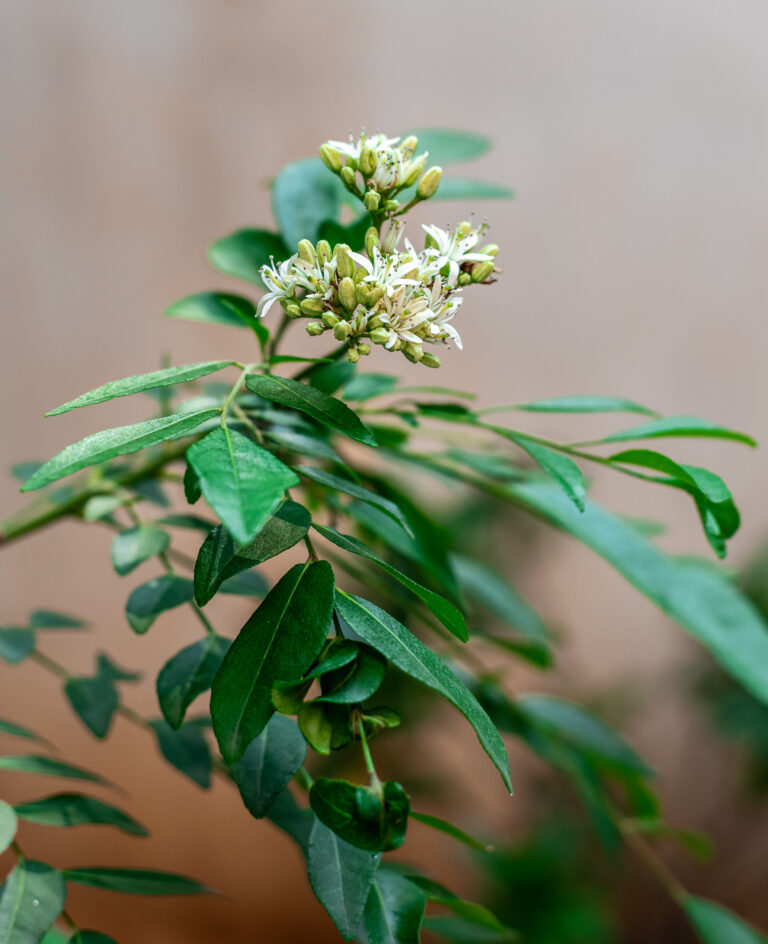As each new year begins, we tend to reflect on the year that has passed and our learnings from the same. This year, as situations around the planet demand our attention, I feel like offering more than a wish for a happy 2024. We all deserve that, but in order for that to happen, we must all make changes in our lives. Myself included.
So here is my personal resolution, something that I strongly felt during the recent festive season: the endless use of plastic and the vast amount of food wastage that occurs during special occasions in the name of gifting needs to end. I want to become even more conscious about my choices in this regard, and minimize my impact.
These thoughts occurred to me for two reasons. One is that I observed the contradiction of celebrating Deepavali and other special days even as thousands of children were being killed in a war elsewhere in the world, and I contemplated these tragedies. Yes, we must celebrate, but we can no longer do so without being mindful of others, as well as our own impact. I say “can no longer do so” because we literally cannot afford to, and this is because of what is happening to the environment.
Human beings have the innate ability to adapt, and we have for millennia, but there may be a tipping point for the planet. The human species does not have much time left here, as experts keep warning us. This is because of human-made pollution and destruction of Nature and how this is making our one true home uninhabitable for us.
If I’m being honest, I sometimes have sleepless nights thinking about what we as human beings are doing to Earth. I recently learned about something called eco-anxiety, and I think it may be something I experience. It has motivated me to do things differently on an individual level. All of us have a carbon footprint. So do I, and I want to make mine lighter.
On the subject of light and lightness, I believe that the last rays of hope are still there – provided that we are respectful of Nature, and kinder to one another. This is my heartfelt wish for us all. Here’s to a healthy planet, and to healing for humankind. Happy new year!

